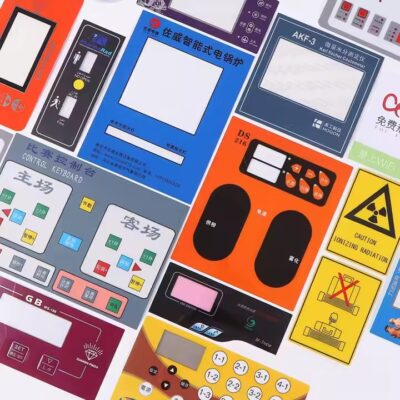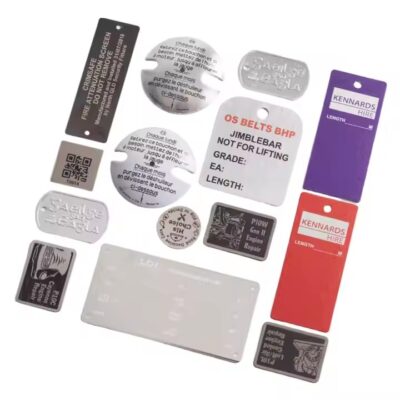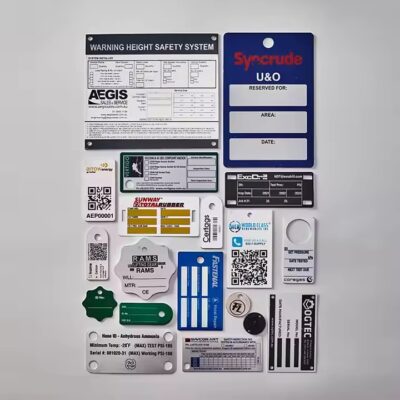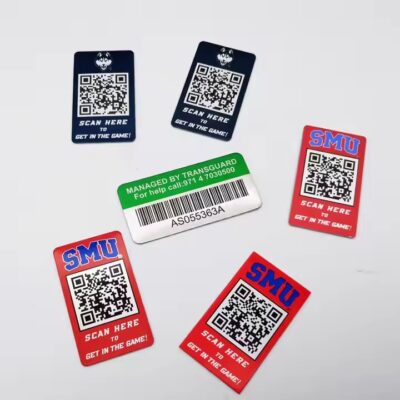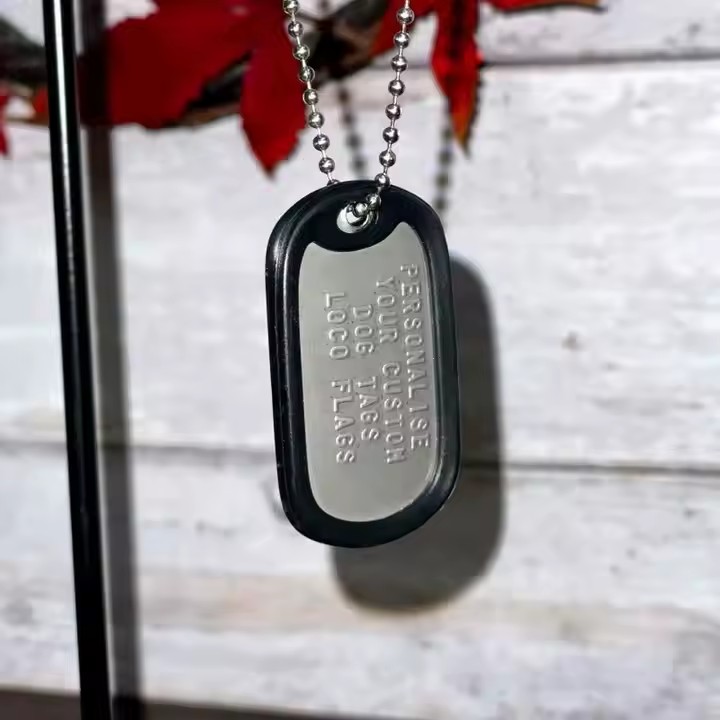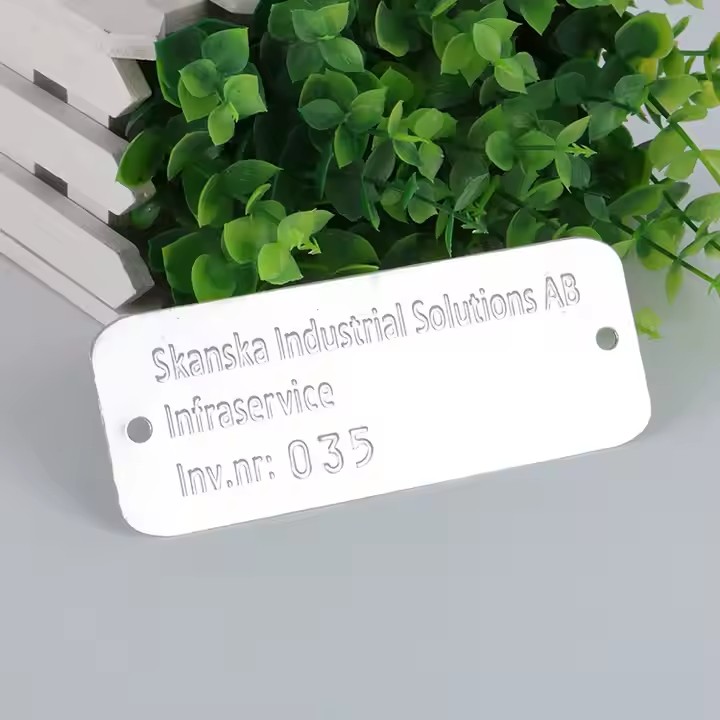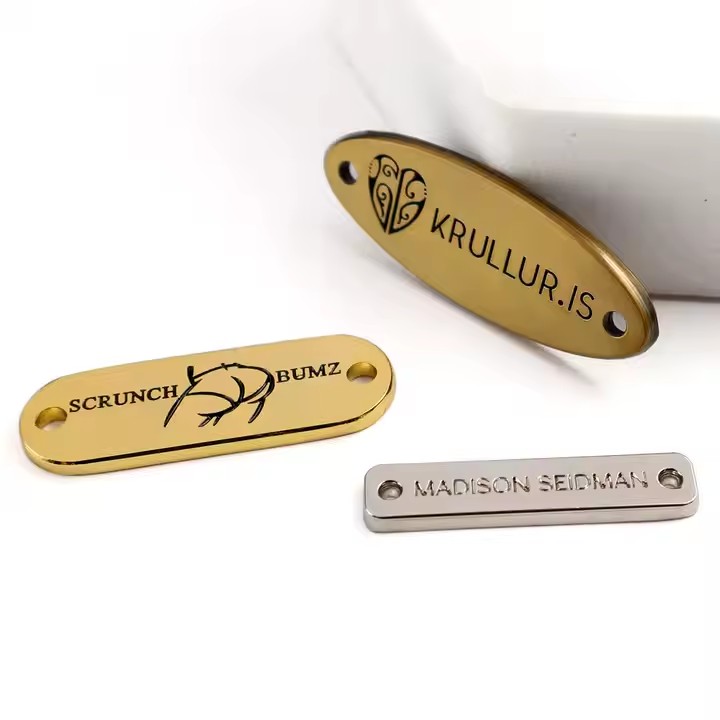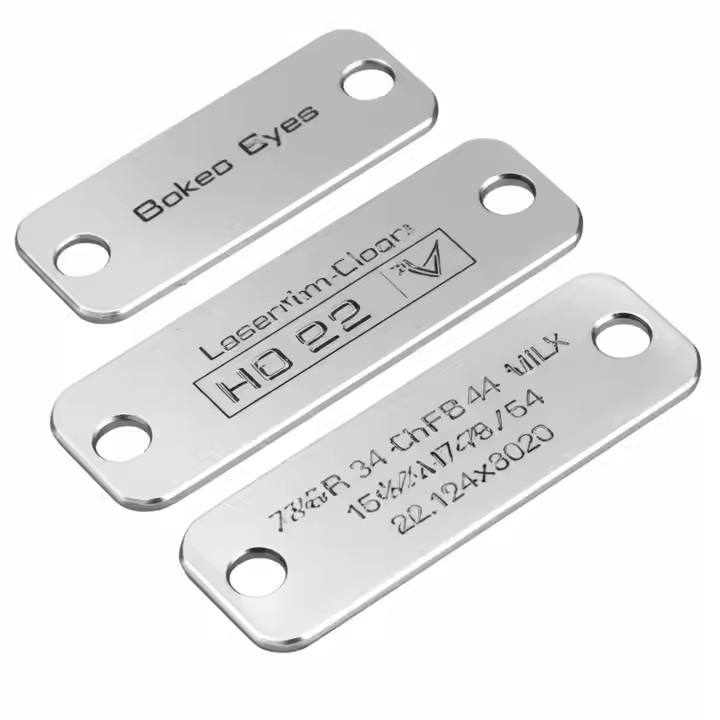Custom metal labels are an excellent way to showcase your brand’s identity, but choosing the right printing technique is crucial to ensure your labels stand out and endure. Different printing methods offer various advantages depending on factors such as material, design complexity, durability requirements, and the intended aesthetic. In this post, we’ll explore the top printing techniques used for metal labels and help you determine which process is best suited for your brand.
1. Laser Engraving
What Is It?
Laser engraving uses a focused laser beam to etch or burn away material from the metal surface. The laser’s precision allows for intricate designs, logos, and text to be etched into the metal at high speeds.
Pros:
-
Precision: Laser engraving allows for extremely detailed and precise designs, making it perfect for logos, barcodes, and small text.
-
Durability: The engraving is permanent and resistant to fading, making it ideal for high-durability applications.
-
No Ink or Chemicals: Since it involves physically altering the metal surface, laser engraving does not require ink, making it an environmentally friendly option.
-
Versatility: It works well on a variety of metal materials, including stainless steel, aluminum, and brass.
Cons:
-
Limited Color Options: Laser engraving typically results in a single color, which can be limiting if you need multicolor designs.
-
Cost: The equipment for laser engraving can be expensive, which may raise production costs for large runs.
Best For:
-
Industrial labels, nameplates, and serial number tags
-
High-end branding and personalized items
-
Applications that require long-lasting durability and resistance to harsh conditions
2. Screen Printing
What Is It?
Screen printing (also known as silk-screen printing) involves pushing ink through a mesh stencil (or screen) onto the metal surface. The process uses a different screen for each color, making it suitable for multi-color designs.
Pros:
-
Vibrant Colors: Screen printing allows for bold, vibrant colors, which are ideal for eye-catching designs and logos.
-
Cost-Effective for Large Runs: It is often more affordable for large production runs due to the low cost of producing screens after the initial setup.
-
Flexibility with Design: This technique works well on a wide range of materials, including metals, plastics, and ceramics, and is suitable for both complex designs and simple logos.
Cons:
-
Setup Time: The setup process for screen printing can be time-consuming, especially for multi-color designs, as each color requires a separate screen.
-
Limited Detail: It is not as suitable for intricate, fine details like those produced by laser engraving.
Best For:
-
Large batch production of custom metal labels
-
Labels requiring bright, high-impact colors
-
Brand names and logos on consumer goods
3. Pad Printing
What Is It?
Pad printing is a versatile printing process that involves transferring ink from a silicone pad onto a metal surface. It is particularly useful for printing on uneven or curved surfaces.
Pros:
-
Complex Designs on Curved Surfaces: Pad printing is perfect for applying designs on irregular or cylindrical shapes, making it ideal for items like bottle caps, metal pipes, or other three-dimensional objects.
-
Fine Detail: Pad printing can reproduce intricate designs with fine details, making it suitable for logos, small text, and barcodes.
-
Quick Turnaround: This method offers a relatively quick setup time and efficient production process.
Cons:
-
Color Limitations: Like screen printing, pad printing is limited by the number of colors that can be applied in a single pass.
-
Ink Durability: While pad printing provides sharp details, the ink is not as durable as laser engraving, and may fade over time with heavy exposure to abrasion or weather.
Best For:
-
Printing on small, curved, or irregularly shaped metal products
-
Small batch runs with detailed logos or small text
-
Items requiring quick production times
4. Digital Printing
What Is It?
Digital printing involves applying ink directly onto the metal surface using a digital printer, similar to how inkjet printers work. This method is perfect for short runs or designs that require full-color printing.
Pros:
-
Full-Color Printing: Digital printing offers the flexibility of producing multi-colored, high-resolution designs without the need for separate screens or plates.
-
Quick Setup: It’s ideal for small orders or custom designs because there’s minimal setup involved.
-
No Need for Stencils or Plates: Unlike traditional methods, digital printing requires no screens or plates, making it more cost-effective for short runs.
Cons:
-
Durability Concerns: Digital printing may not be as durable as other methods like laser engraving or screen printing, especially in harsh environments.
-
Limited to Flat Surfaces: While it works well on flat surfaces, digital printing may not be suitable for curved or uneven shapes.
Best For:
-
Custom short-run labels and tags
-
Full-color designs and detailed artwork
-
Projects that require quick turnaround times
5. Embossing and Debossing
What Is It?
Embossing and debossing are techniques that raise or depress a design into the metal surface, respectively. In embossing, the design is raised above the surface, while debossing creates an indented design.
Pros:
-
Elegant and Professional Look: Both techniques provide a premium, tactile feel that can elevate the perceived value of the product or label.
-
No Ink: These methods don’t require any ink, making them ideal for creating subtle, high-end designs.
-
Durability: Because the design is physically pressed into the metal, it is long-lasting and resistant to fading.
Cons:
-
Limited Design Complexity: While embossing and debossing can add texture, they are not ideal for intricate, fine details.
-
Higher Cost: These techniques require custom molds and more complex machinery, which can increase the production cost, especially for small runs.
Best For:
-
Premium or luxury products
-
Branding and decorative labels
-
High-quality, tactile designs
6. UV Printing
What Is It?
UV printing uses ultraviolet light to cure or dry the ink as it is printed on the metal surface. This method is ideal for printing high-quality, full-color designs with quick drying times.
Pros:
-
Fast Curing and High Durability: UV inks dry instantly under ultraviolet light, ensuring fast production and excellent durability, especially in outdoor or harsh environments.
-
High-Quality Finish: UV printing can produce crisp, sharp details and vibrant colors with high resolution.
-
No Setup Fees: Unlike screen printing or engraving, UV printing does not require stencils or complex setup processes.
Cons:
-
Limited Surface Compatibility: UV printing is best suited for flat surfaces and may not work well on curved or uneven metal objects.
-
Cost: UV printing tends to be more expensive than traditional methods for larger runs due to the need for specialized equipment.
Best For:
-
Custom, vibrant, full-color labels
-
Short to medium-run printing with fast turnaround times
-
Applications where durability and UV resistance are required
Conclusion: Choosing the Right Printing Technique for Your Brand
Each printing technique offers distinct advantages, and the best choice depends on your specific needs, including the design complexity, durability, and production volume. Here’s a quick guide to help you choose the best process for your brand:
-
Laser Engraving: Best for high-durability, fine detail, and long-lasting applications.
-
Screen Printing: Ideal for large production runs with bold, vibrant colors.
-
Pad Printing: Great for printing on irregular or curved surfaces with detailed designs.
-
Digital Printing: Best for small runs, full-color designs, and quick turnaround.
-
Embossing/Debossing: Perfect for premium, tactile designs with a luxurious feel.
-
UV Printing: Suitable for high-quality, full-color labels with fast drying and durability.
By considering the requirements of your label design and application, you can select the perfect printing technique that will help your brand stand out while meeting both aesthetic and functional goals.
